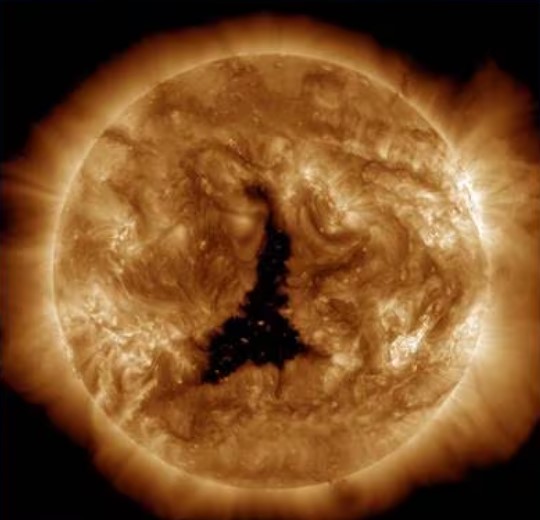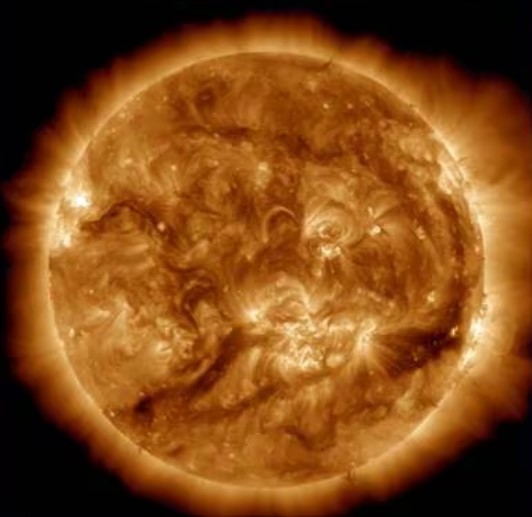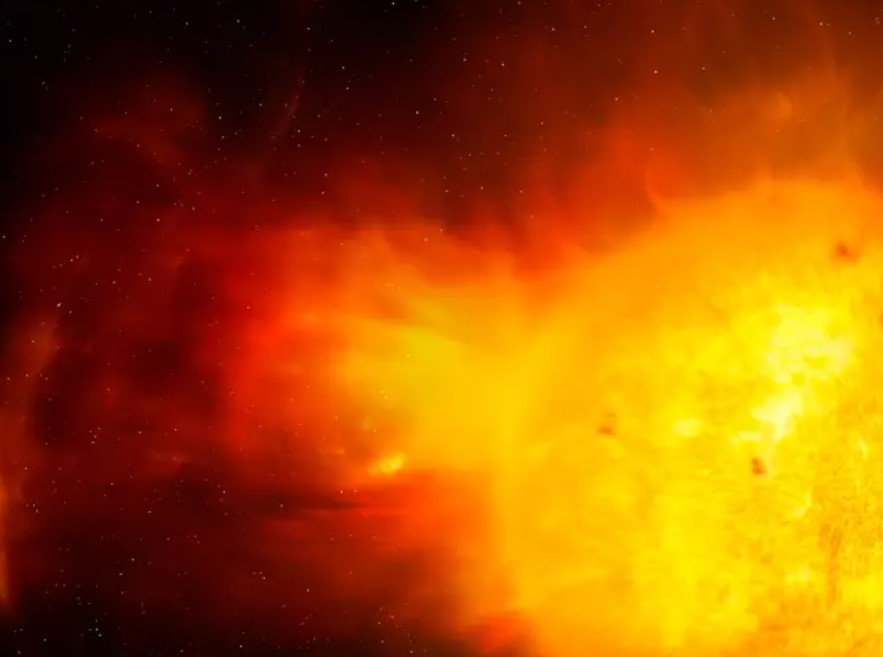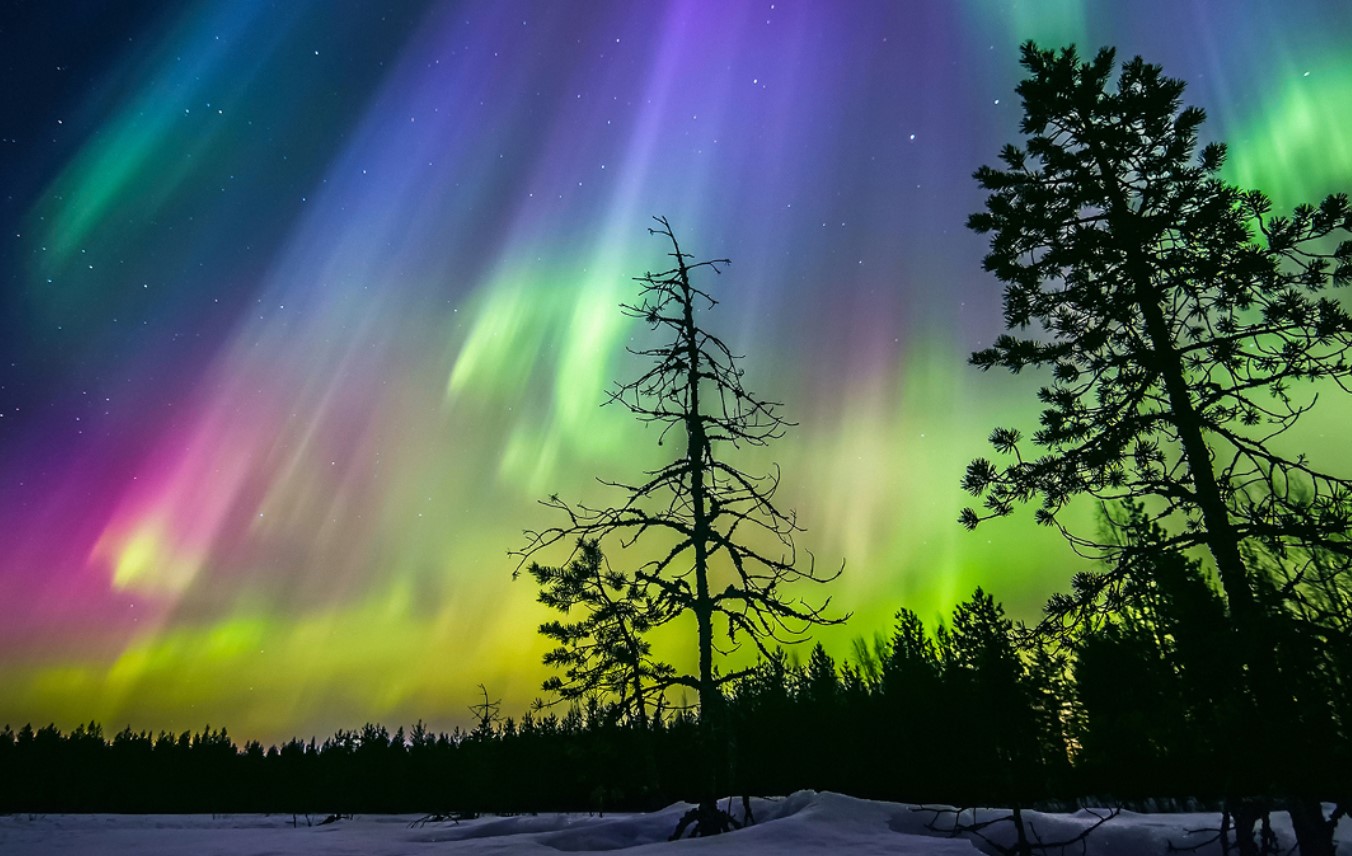Over the weekend, a colossal hole appeared in the atmosphere of the Sun, exhibiting an unprecedented size that surpassed the diameter of the Earth by more than 60 times at its maximum extent.

This massive hole, known as a coronal hole, started to form on Dec. 2, hitting its maximum width of about 497,000 miles in 24 hours, captured the attention of scientists and space enthusiasts alike.
Spanning an enormous distance, the gap in the Sun's surface emitted powerful streams of solar wind, consisting of unusually fast radiation.

Despite its distance from Earth, the Sun directed this potent radiation towards our planet, prompting curiosity and concern about its potential impacts.
Space.com says it is just a temporary hole in the Sun's atmosphere known as a coronal hole.
Although the duration of the hole is uncertain, similar holes have typically lasted for more than a full solar rotation of approximately 27 days, and sometimes even longer.

The National Oceanic and Atmospheric Administration (NOAA) states that these holes can potentially cause issues such as geomagnetic storms, which can disrupt radio signals and create vibrant auroral displays.
It has now been determined, meanwhile, that the solar wind is not as strong as initially thought, with only a weak storm having occurred.
According to NOAA, geomagnetic storms are categorized on a scale from G1 to G5, with G1 being the least intense and G5 being extreme.
The expected storm levels of G1 to G2 indicate the possibility of minor disruptions to satellite operations and power systems.
However, these storms also increase the likelihood of observing the aurora borealis (Northern Lights) at locations farther away from the poles.

Last month, a total solar eclipse occurred, allowing people in North and Central America, Asia, Australia, the Pacific Islands, and parts of South America to witness the celestial event.
During a solar eclipse, the Earth, moon, and sun align, with the moon passing into the shadow of the Earth. This eclipse was reported to be the last one until 2025.






